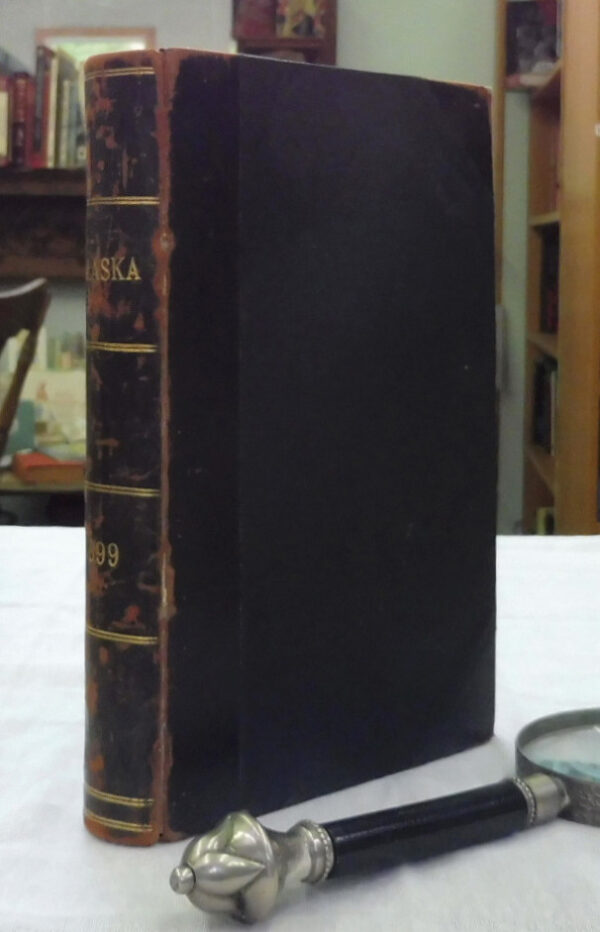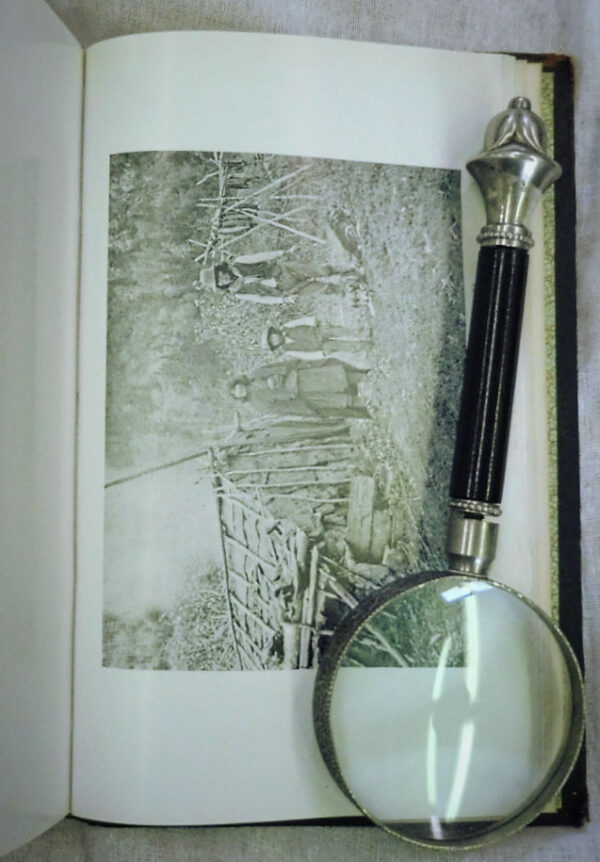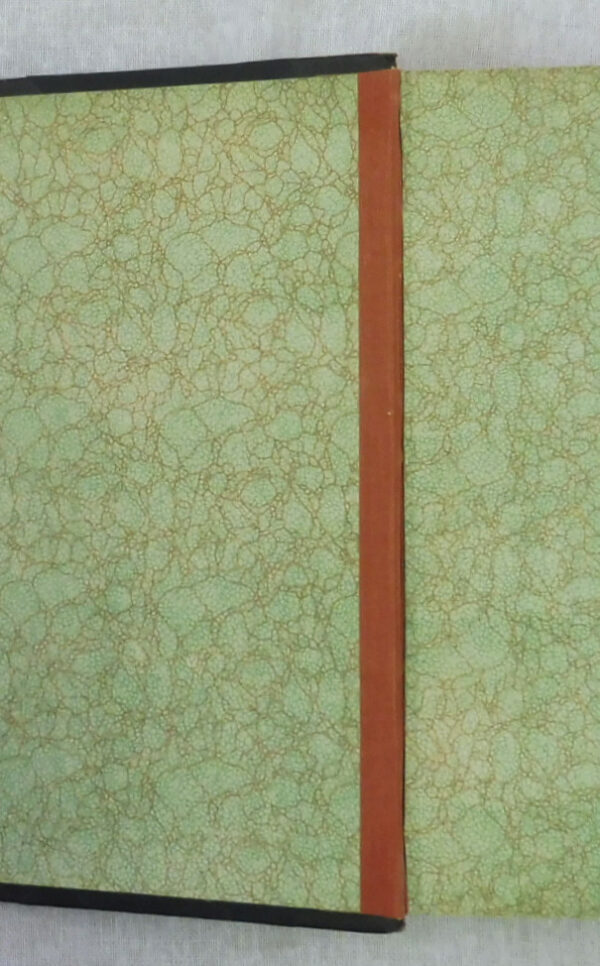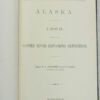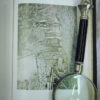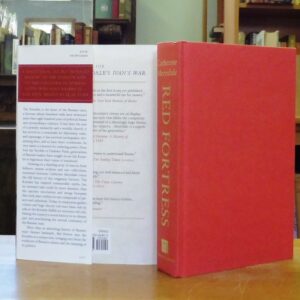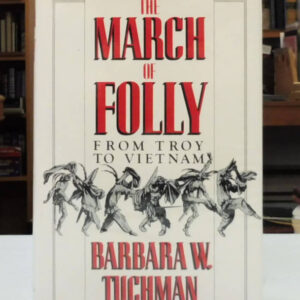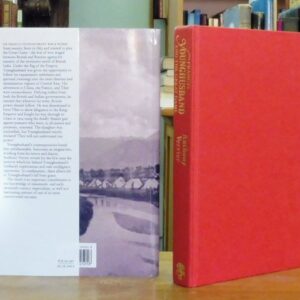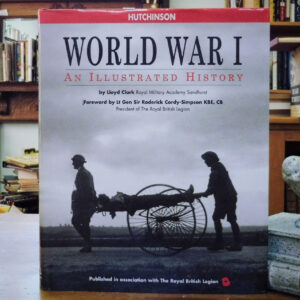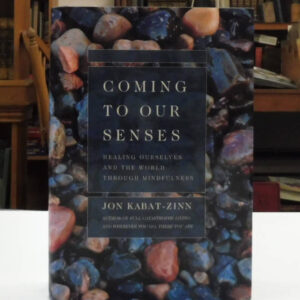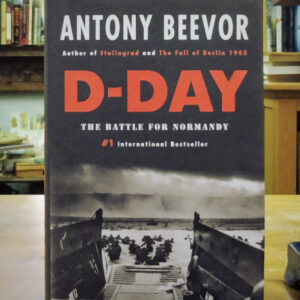Alaska, 1899, Copper River Exploring Expedition, Abercrombie, Captain W. R., Washington, Government Printing Office, 1900. Senate Document No 306 56th Congress 1st Session. First Edition. 169 pages followed by 168 full halftone photo plates and attached folding map. Half leather over black boards, banded spine with gilt titles; all edges speckled light red; marbled green endpapers with reinforced red hinges. Boards have rubbing to leather with a crack to upper joint line. Map is clean, crisp and white with a small repairable tear to bottom panel outside left margin. Binding tight; contents in pristine condition and appear unread.
In 1989, Capt. W. R. Abercrombie, Second United States Infantry was commanded to lead an expedition to “open up a military road to Copper Center, and from the last-named point by the most direct and practicable route to Eagle City. …. This expedition will cover as much territory as possible, and will collect and incorporate in the reports all information that may lie valuable to the development of the country explored regarding topographical features, available routes of travel, feasible routes for railroad construction, adaptability for agriculture and stock raising, mineral resources, timber, fuel, food products, and the stock best suited for food and transportation purposes; the number, location, and condition of the natives of the territory explored. Maps and photographs will accompany all reports “. General Orders, of the Army, Adjutant-General’s Office, No. 51. J Washington, March -JO, 1899. War Department, Washington, March 17, 1899.
The Alaska, 1899, Copper River Exploring Expedition Report was submitted to Congress by the Secretary of War, Elihu Root, January 22, 1900 and contains the original orders and special instructions given to Capt. W. R. Abercrombie. A detailed index to both Abercrombie’s primary report and to the 12 sub-reports prepared by members of the expedition is included. The Report and Sub-reports provide practical considerations regarding mineral, timber, agricultural and water resources; logistics, location and construction of the Trans-Alaskan Military Road; medical concerns such as “The dreaded scourge of scurvy” and “Horrible deaths on the Valdez glacier” and, such diverse topics as “A thrilling experience with ice jams” and “The hospitality of Alaskan Indians”. A remarkable document of several first-person reports and photographs around the time of the gold rush. 002775 $180

